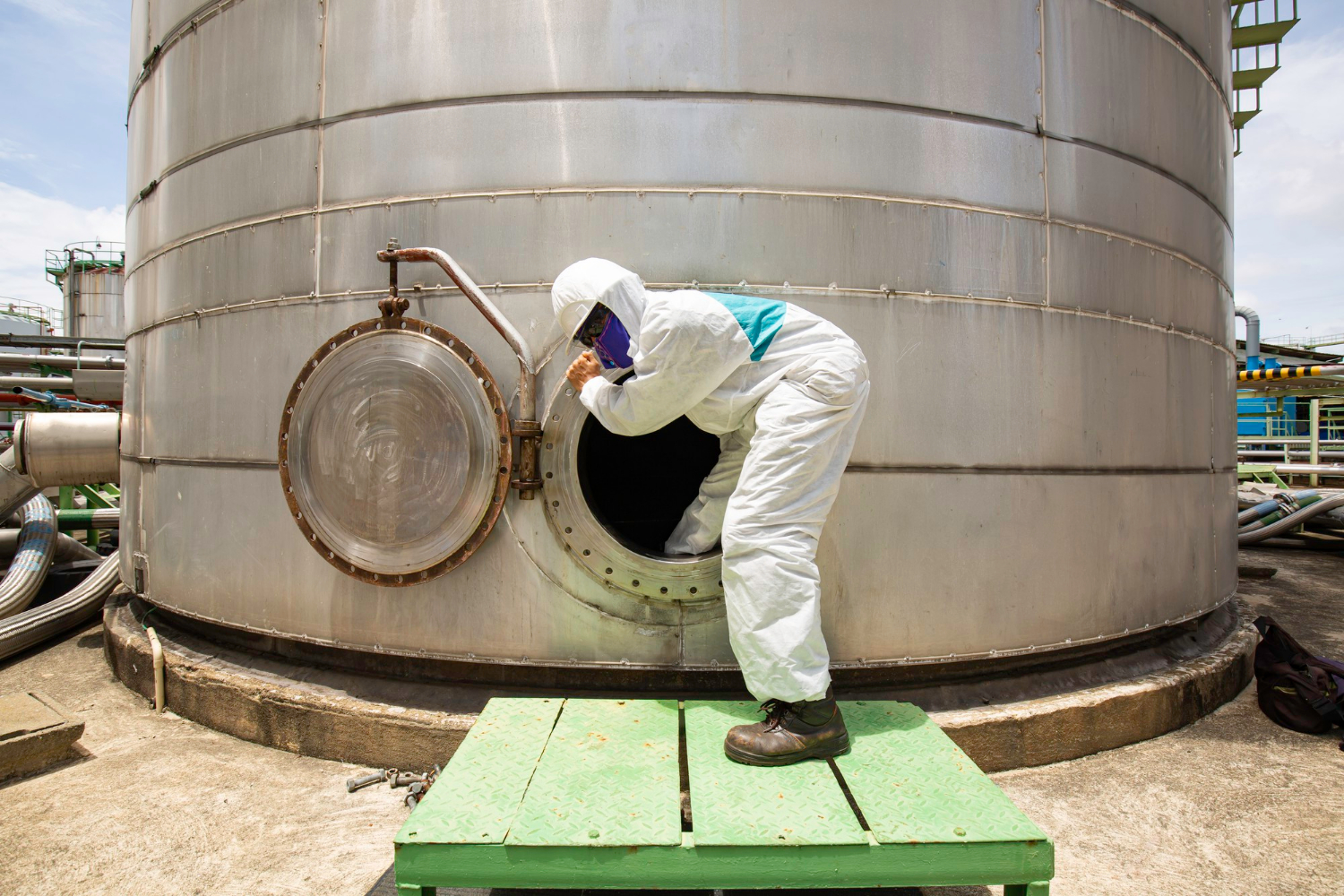
Maintaining your tank in good condition is like taking care of your favourite gadget—it needs a bit of love and attention now and then. Tanks play a big role in everyday needs, whether it’s storing water or other essential materials. To keep things flowing smoothly and to extend the tank’s lifespan, regular maintenance and timely repairs are key. Let’s break down some simple steps you can take to stay ahead of any potential problems.
Think of your tank as a trusty friend that serves you year-round. Without proper care, small issues can quickly turn into big headaches. Regular check-ups can make all the difference. This guide aims to highlight common trouble areas, offer maintenance tips, and explain why sometimes it’s best to call in the pros.
Common Issues Requiring Tank Repairs
Tanks, dependable as they are, can run into a few issues over time. Recognizing these troubles early helps keep repairs manageable:
– Leaks and Cracks: Perhaps the most visible problem, leaks can cause serious damage if ignored. Whether stemming from a tiny crack or a weakened seal, addressing leaks promptly stops further complications.
– Rust and Corrosion: This isn’t just unsightly—corrosion can eat away at the tank, leading to structural weaknesses. If you spot rust, it’s wise to take action before it compromises the tank.
– Valve and Pipe Failures: Imagine a blockage in a key pipe or a valve that won’t budge. Such failures result in inefficient operations and potential spillage. Ensuring these components are in top shape is a smart move.
Spotting these issues early often means easier fixes. Regular inspections help catch problems before they escalate, ensuring your tank remains a reliable part of your operation. Addressing these common problems promptly can save you time and money in the long run.
Routine Maintenance Tips
Looking after your tank isn’t just a one-and-done task. Keeping it in top shape requires some commitment and routine checks. A bit of regular maintenance can go a long way in preventing more serious problems down the line. Here are a few simple tips to keep your tank running smoothly:
– Regular Inspections and Monitoring: Set up a schedule to check on your tank regularly. Look for any signs of wear, unusual noises, or leaking. Spotting these early can prevent more costly repairs later.
– Cleaning Schedules: It’s important to hose down and clean your tank on a regular basis. This prevents build-up and can stop problems before they start. You might schedule this quarterly or bi-annually depending on your tank usage.
– Checking for Wear and Tear: Components like valves and seals should be checked frequently. They can wear out over time, and replacing them before they fail will keep things working well.
Routine maintenance is the best way to ensure your tank stays in good condition. It doesn’t take much time but pays off in the long run by avoiding unnecessary repairs.
Professional vs. DIY Repairs
When facing tank issues, some folks might think about tackling them on their own. While it might seem like a good way to save a few bucks, weighing the risks involved is worth it.
– Benefits of Hiring Professionals: Experts come with the knowledge and tools to get the job done right the first time. They can identify issues that might be missed and ensure repairs meet safety standards.
– Risks of DIY Repairs: Without the right experience, you might not solve the issue or might even worsen it. Incorrect repairs can lead to leaks or other serious problems that end up costing more.
– When to Call a Professional: If you’re dealing with persistent leaks, corrosion, or any structural issues, it’s best to call in the experts. They can provide long-term solutions and peace of mind.
Professionals can handle repairs efficiently and safely. While it might be tempting to do it yourself, investing in professional help could save you from bigger hassles down the road.
Future-Proofing Your Tank
Thinking ahead can save you both time and resources. Implementing preventive measures now will help keep your tank in great shape for the future:
– Using Quality Materials and Components: Opt for high-grade materials for any replacements or repairs. They’ll stand up better over time and reduce the likelihood of future issues.
– Implementing Preventive Measures: Small steps like adding a protective coating can protect against rust and corrosion. Similarly, using filters can prevent sediment from settling at the bottom.
– Scheduling Periodic Professional Check-Ups: Much like going to the dentist, regular check-ups by professionals can catch issues early. It also provides an opportunity to get advice on any potential improvements.
Taking proactive steps ensures your tank remains a reliable part of your setup, reducing the risk of unexpected problems.
Keeping Your Tank in Top Shape
Maintaining your tank involves more than just fixing what’s broken. By following these useful guidelines and staying on top of regular care, you can enjoy peace of mind knowing your tank is in great condition. Whether through maintenance checks, professional repairs, or preventive strategies, each step you take adds to your tank’s longevity. Remember, a little attention now can save a lot of trouble later on, making sure your tank serves you well for years to come.
Keep your tanks in peak condition with the right approach to maintenance and repairs. If you’re looking for expert advice or assistance, ATM Tanks is here to help with all aspects of your tank needs. Discover more about professional solutions and ensure your tanks serve you reliably for years to come by exploring our services on tank repairs.
- Why Water Tank Cleaning Services Matter in Summer Heat - January 4, 2026
- Fixing Dirty Tanks Early in Summer Keeps Water Safe - January 4, 2026
- Industrial Tank Cleaning Done Right for Long Hot Months - January 4, 2026






